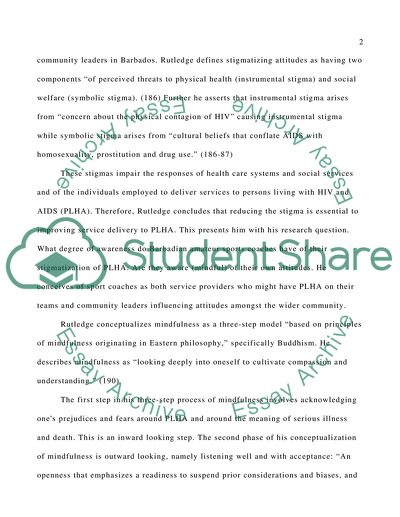Cite this document
(Concepts: Mindfulness and Interpersonal Communications Term Paper, n.d.)
Concepts: Mindfulness and Interpersonal Communications Term Paper. Retrieved from https://studentshare.org/social-science/1745757-concept-paper
Concepts: Mindfulness and Interpersonal Communications Term Paper. Retrieved from https://studentshare.org/social-science/1745757-concept-paper
(Concepts: Mindfulness and Interpersonal Communications Term Paper)
Concepts: Mindfulness and Interpersonal Communications Term Paper. https://studentshare.org/social-science/1745757-concept-paper.
Concepts: Mindfulness and Interpersonal Communications Term Paper. https://studentshare.org/social-science/1745757-concept-paper.
“Concepts: Mindfulness and Interpersonal Communications Term Paper”, n.d. https://studentshare.org/social-science/1745757-concept-paper.


